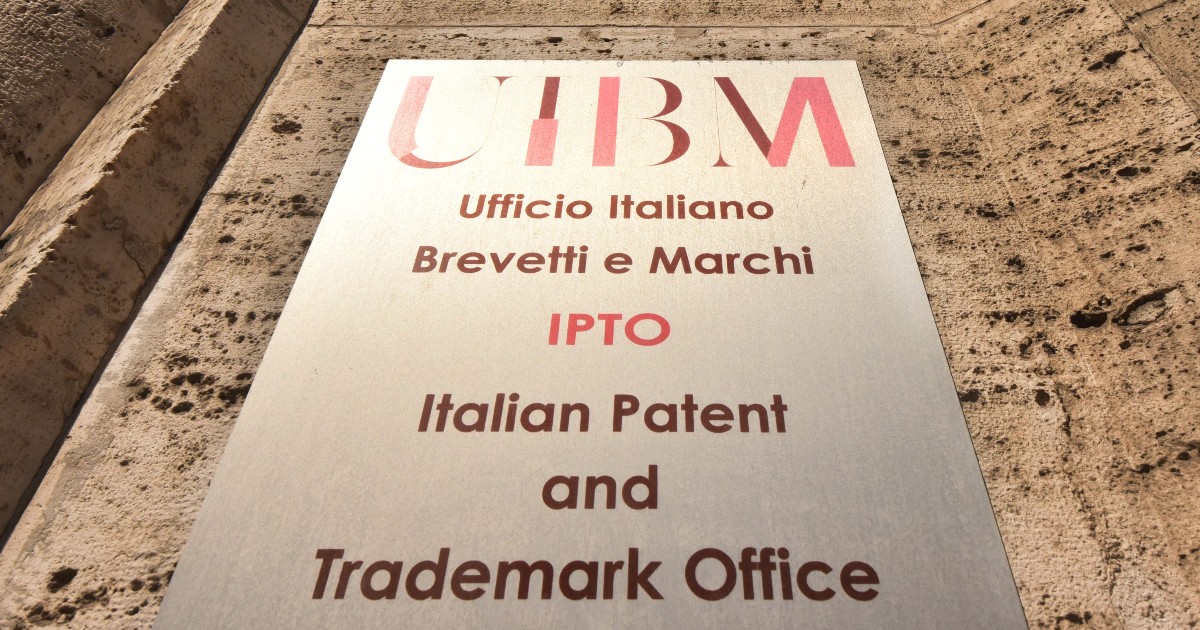If the novelty is surprisingly inserted in the tax decree will pass unscathed through theconversion process it’s all to see. Because Confindustria it is already on a war footing and it is not excluded that it will find support in Parliament. To displease the president Carlo Bonomi is article 6 of the provision published in the Official Gazette on 21 October, which cancels the facilitated regime of “patent box“Introduced in Italy in 2014 from Renzi government in the wake of Belgium, Cyprus, Great Britain, Luxembourg and the Netherlands. It is a strong tax discount on income resulting from the commercial use of patents, software with copyright and other intangible assets protected by intellectual property. The stated goal was promote investment in research and development. But according to critics the extent, it has more than 9 billion euros removed from taxation in the four years for which the analyzes of the treasure, has only served to induce companies to bring back or leave home the fruit of those investments contributing to the competition tax (to the downside) between EU countries. While there is no evidence that stimulates innovation.
“There is no data on the Italian case, which in itself is a problem because there is no monitoring of the results. But there are several empirical works on other European countries that show that it is not the best choice, ”he explains Misha Maslennikov, policy advisor di Oxfam Italy on dossiers concerning economic justice. “Fabian Gaessler and Dietmar Harhoff of the Max Planck Institute along with Bronwyn H. Hall of the University of California have found, for example, that patent boxes tend to stimulate transfer of patents by multinationals in countries with the most favorable tax conditions (the so-called onshoring), but unlike tax credits for R&D expenses they do not generate an increase in inventions nor research and development “. A conclusion that the European Commission in a 2014 study, which prompted the EU Parliament to include patent boxes among the “examples of harmful tax competition between States “. The paper by Gaessler, Harhoff and Hall “then explains that these treatments are facilitated they do not reward those who invest but only those who get a result in terms of marketable product, ”continues Maslennikov. “As a result, businesses that have already been successful in particular benefit from it. A method that does not seem very efficient, considering the costs it entails “.
The costs, in fact: according to the president of Confindustria, the decision to abolish the patent box was taken because the Mef, “pressed by parties to find resources for flag measures that the numbers have disproved, inevitably seeks new covers cutting and limiting existing measures “. And the patent box, which today allows you to exclude the 50% of the income deriving from the use of patents, such as royalty, it does not cost little to the state coffers. In 2018, the last year for which the statistics of the Ministry of the Economy are available on the IRES and IRAP declarations, benefited from the 1,764 companies for a tax-free income equal to 4.7 billion, 1.7 times the value of 2017 and over three times that of 2016. The Court of Auditors announced that the loss of revenue only for that year has nearly 700 million (dai 337 from 2017) against the 135 estimated. In 2019, the technical report to the tax decree explains, the lost revenues have soared a 1.6 billion.
For whose benefit? L’Revenue Agency does not provide details on the ruling procedures through which the tax authorities (until the regulatory change arrived in 2019) had to agree with the companies on the subsidized income. But many companies have announced the agreements and the financial statements are public. So we know that they are part of the extensive list Ferrari – that two years after the transfer of the registered office in the Netherlands agreed with the Revenue a saving of 139 million over three years -, Campari, Diasorin, Luxottica, Prysmian and many fashion brands: from Armani a Ferragamo e Tod’s passing through Cucinelli, Moncler e Prada. From the analysis of the tax returns it emerged, notes the accounting magistracy, that “the8.3 per cent of the beneficiaries, that has revenues exceeding 250 million of euros, used about 63 per cent of tax-exempt income which would lead us to believe that around 100 companies have submitted average deductions for a value of 18 million euros ”. Translated: few large groups have avoided paying a lot of taxes.
Now the mechanism – without prejudice to the five-year agreements already signed and the requests already presented – will be replaced with a generous one. 90% deduction for research and development costs which will also concern i trademarks, which they had been excluded by the patent box regime in 2017 to comply with the recommendations OECD. The technical report predicts that the change of course will result in greater revenues for 111 million in 2022 and 126 per year in 2023 and 2024. From that year, with the exhaustion of the old regimes in progress, a much more significant recovery should then materialize of revenue. Provided that the changes desired by Confindustria do not arrive during the parliamentary passage.
–


